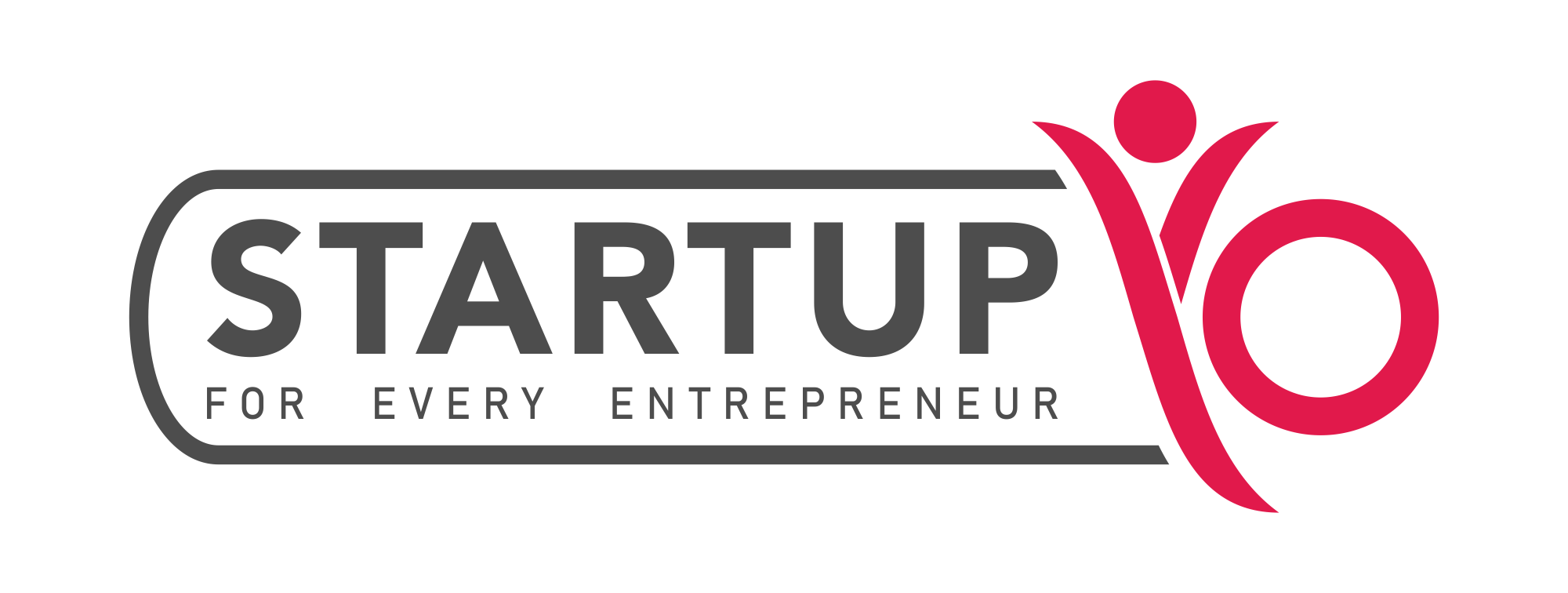About Indirect Tax
Indirect tax is a tax that is imposed on the goods and services, and the tax burden payment is on the customer who ultimately pays it as a part of market price. This tax is levied on materialistic goods rather than on income or profits.
Indirect tax is not directly levied on the person’s income, rather it is levied on suppliers or manufacturers who interact it to the final consumer who pays the tax along with the price. The tax is paid to the government of the country but its burden is on the customer who purchased the manufactured goods.
Government has applied many indirect taxes in India, these taxes are applied on different manufactured goods, sales, and purchase of products and services. These indirect taxes are circulated by the different government bodies under different orders and notifications. There are different indirect taxes like Customs Duty, Excise Duty, Sales Tax, Service Tax, Stamp Duty, Entertainment Tax, VAT, and many others.
Types of Indirect Tax
Service Tax: Service Tax is imposed by the government of India on the services availed by the customers. This tax is charged on service providers but is paid by the customers. Service tax comes under the Finance Act, 1994.
Before 2012 budget service tax was only for a specified service, but after 2012 it’s scope expanded and started covering restaurants as well as hotels, inns etc. There was an increase in the service list like addition of air-conditioned restaurants and other short term hotel accommodation.
Excise Duty: Excise duty is a type of tax that deals with the manufactured goods, licensing and sales. a company manufacturers products excise duty is imposed on those products in the form of tax. The company pays the tax of the manufactured products and later recovers the tax by selling the products to the customers.
There are many different types of excise duty namely Basic Excise Duty, Additional Excise Duty, Special Excise Duty, but after GST kicked in 2017 many different excise duties subsumed in India.
Value Added Tax or VAT: this type of indirect tax is imposed on the goods and services that are sold directly to customers. This type of indirect tax is paid by the producers towards the government at every stage in the supply chain.
VAT is a common form of indirect tax that consists of Central sales tax. VAT is applicable for goods that are sold inside a state meaning both seller and the buyers should belong from that particular state.
VAT is the tax which is charged on the gross margin at every stage in the sale of goods. Tax is assessed and collected at each point, starting from the manufacturer until the product reaches the retailer. VAT is a multistage tax system and applied at each point on the product, from the start of its manufacturing till it reaches the retailer.
Read More : How to Download GST Registration Certificate ?
Custom Duty: this type of tax is levied on imported or exported goods. This type of indirect tax is charged on goods at the time of transportation across international borders. With the help of custom duty the government of India raises revenues, regulates goods movement and safeguards domestic industries.
Custom duty comes under the customs Act, 1962, and Central Board of Excise & Customs or CBEC takes care of the matters related to it. Custom duty rate varies, depending upon the material from which the goods were made and from where the goods were made.
There are many different Custom duties namely Countervailing Duty or CVD, Basic Customs Duty or BCD, special CVD, Protective Duty and more.
Stamp Duty: this is a type of indirect tax that is similar to that of income tax. This type of tax is imposed on the sale of real estate or other assets in India. The state government is responsible for this charge and collection of the tax in the state.
Stamp duty comes under Section 3 of the Indian Stamp Act, 1899.
Entertainment Tax: this type of indirect tax is levied by the state government on transactions and products that are related to entertainment. The example of entertainment Tax are Celebrity Stage shows, video games, amusement parks, movie tickets, events and other activities. Entertainment Tax comes under Article 246 of Indian constitution.
Indirect Tax Advantages
There are many different advantages of indirect taxes, some main advantages are Convenience, Easy collection, Inevitable, Health care, Equal Contribution, Relaxation, Economic growth and much more.
Convenience: indirect taxes are convenient and do not burden the taxpayers. Tax collectors also find it very convenient as these taxes are directly collected from manufacturing sites which saves a lot of time. These taxes do not burden the taxpayers as they are nominal and are paid in small amounts at the time of purchase. These taxes are hidden in the price, and because of this quality the customer only sees the charges of the products, not indirect tax.
Easy collection: It’s easy to collect indirect taxes as compared to direct taxes. Tax collecting authorities easily collect and they do not worry about the time of their collection. It’s easy collection saves effort and helps in saving the time as well.
Inevitable: indirect taxes are inevitable as they are the part of a commodity, so the interested buyers of the commodity have to pay it without noticing it as a tax.
Read More : What is the Trademark law in India?
Health care: the goods that are bad for the health face highest indirect tax, as in case of tobacco, drinks like alcohol and much more. These products which are harmful for health need to pay the highest taxes, that is the only reason they are very much expensive. The only reason they are more expensive is because the government wants to curb the spreading of such harmful commodities and its consumption.
Equal Contribution: the basic necessities are charged with low tax rates while as the luxury items have to pay higher tax rates, this is all done just to ensure that contribution is equal.
Relaxation: People who earn less than Rs.2.5 lakh per annum are free from income tax, meaning such a set of people are exempt from income tax. They need not to contribute any kind of indirect taxes to the government of India.
Economic Growth: Indirect taxes help in the growth of the economy, as these taxes need to be paid regardless of class or income of the individuals. All this leads towards the economic growth of the country.
Indirect tax has many different features like it’s only applicable on your goods and services and it does not affect your income that you are earning. It shifts the burden of the tax from seller to the buyer, thus this tax is paid by the customer in the form of hidden tax. The contribution of the indirect tax is higher than that of direct taxes hence acting as a revenue generator.
Conclusion
There are many different types of indirect taxes inside India which are applied by the government. These taxes are applied on different products, commodities, manufactured goods, sales, import and export goods and much more. Indirect taxes have different advantages and contribute to the growth of the economy of a country. These laws are carried by the different bodies of the government and these bodies easily collect indirect taxes. It’s collection it’s not time consuming and is easily collected without putting much effort. This article will help you to understand the indirect tax system, its types, advantages and its working.
FAQ’s
Where are indirect taxes applied?
Government has applied many indirect taxes in India, these taxes are applied on different manufactured goods, sales, and purchase of products and services.
What is the provision of sellers and buyers in Value Added Tax?
VAT is applicable for goods that are sold inside a state meaning both seller and the buyers should belong from that particular state.
How does a company recover the paid indirect tax?
The company pays the tax of the manufactured products and later recovers the tax by selling the products to the customers.
How does the government reduce negative consumption?
Harmful products like liquor or tobacco are imposed with greater indirect taxes because the government wants to curb the spreading of such harmful commodities and its consumption.
Who takes care of the matters of Customs duty?
Custom duty comes under the customs Act, 1962, and Central Board of Excise & Customs or CBEC takes care of the matters related to it.



